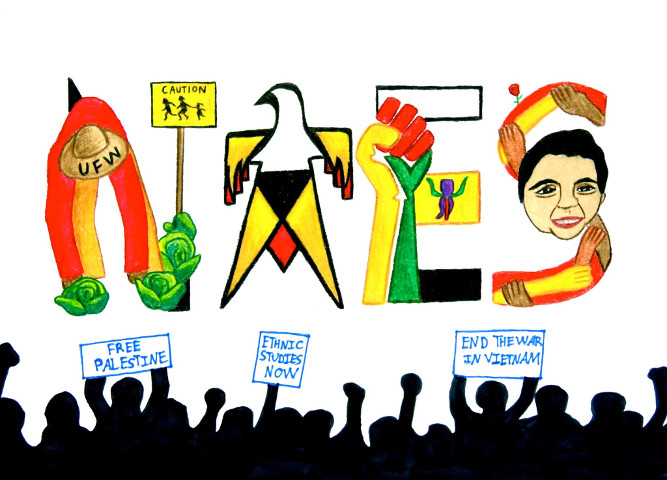Ethnic Studies Review

Orginal Publication Date
2011
Journal Title
Ethnic Studies Review
Volume
34
Issue
esr/vol34/iss1
First Page
185
Last Page
198
Abstract
The Pillow Book by Sei Shônagon, Empress Sadako's lady in waiting from about 993-1000, offers rich detail about the meaning and power of dress during the Heian period [794-1185]. Throughout Yone Noguchi's novel The American Diary of a Japanese Girl (1902), Morning Glory, a newly arrived Japanese immigrant to the U.S., experiments with a multitude of different identities through clothes. Both narratives appropriate (cross-) dressing as a means of overcoming gender, cultural, and class borders. Shônagon and Noguchi engage in "authorial crossdressing" to inhabit a social, cultural, and national space onto which they only have a precarious hold. It is especially the portrayal of what Marjorie Garber has delineated as a "category crisis" that links Japanese medieval writing and early fictional accounts by Japanese American authors. This article demonstrates that cross-dressing originates in moments of personal crisis and that its practice is sustained by the anxiety of cultural dislocation. The parallel identified between The Pillow Book and The American Diary-both texts largely ignored by academia-promises to clarify further early Japanese immigrants' experimentation with their bodies, citizenship, and other markers of identity to create a Japanese American subjectivity.
Rights
Copyright ©ESR, The National Association for Ethnic Studies, 2011


